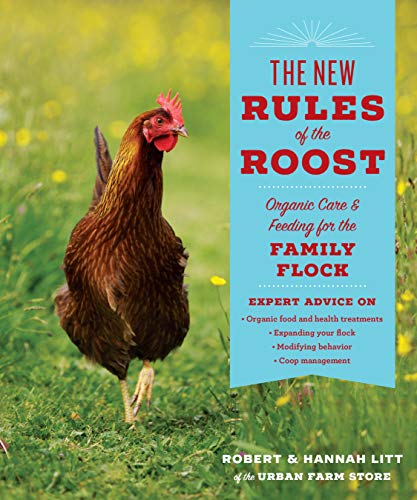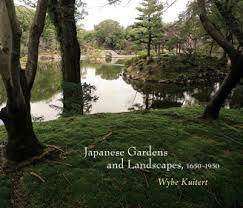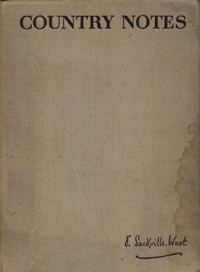![[An Orchard Odyssey] cover](https://depts.washington.edu/hortlib/graphix/orchardodyssey.jpg)
Editor’s note: This book was purchased with a grant from The Washington State Nursery & Landscape Association, which offers a certification program for horticulturists. These experts help clients to solve garden challenges successfully with experience, education, and knowledge of horticulture.
Orchards create special dimensions to a sense of place. Growing fruit trees and nut trees is both art and science, and heightens our contact with and appreciation of the interrelated ways of nature. An Orchard Odyssey: Find and Grow Tree Fruit in Your Garden, Community and Beyond by Naomi Slade of the United Kingdom provides insights into not only the reasons for orchard-growing but also the methods. The book highlights the benefits for people and the environment, as well as the local economy and community. It is inspiring to both plant and food enthusiasts.
I was fortunate to grow up on an old orchard homestead in upstate New York, and I have vivid memories of picking Northern Spy apples and packing them into rugged burlap bags in the chilly late fall weather. Climbing the trees to reach the highest branches was an exercise in possibility, capability, vulnerability, and achievement. Warm apple pies and hot mulled cider comforted us all winter long – the ultimate reward. So the odyssey is familiar.
Naomi Slade divides An Orchard Odyssey into two parts. The first part is called The Orchard in the Landscape. Chapter one covers orchard history, From Wilderness to Cultivation. Chapter two, An Orchard Tapestry, describes traditional and chance approaches to design. The Conservation and Biodiversity chapter details an ecological community. The Orchards in the Community chapter is made up of growing, sharing, and foraging, discussing the environment, the local economy, and fruit heritage in the neighborhood.
The second part is called An Orchard of Your Own. It includes the following chapters: Creative Orchard Design; Fruit Trees for Every Space; Tree Planting and Care; and Enjoying the Harvest, with a recipe for Rumtopf, a traditional German delight consisting of fruit preserved with rum and sugar to serve during the winter holidays.
There are many ways to gain hands-on experience with orchards. The Western Cascade Fruit Society and affiliated chapters throughout Western Washington have as their objective “to bring together new and experienced fruit growers who will promote the science, cultivation and pleasure of growing fruit-bearing trees, vines, and plants in the home landscape.” The mission of City Fruit in Seattle is to “promote the cultivation of urban fruit in order to nourish people, build community and protect the climate.” The Community Orchard of West Seattle partners with Nature Stewards and provides a home-scale model for an organic urban orchard. Produce goes to volunteers as well as the South Seattle College Food Pantry. Another example is Piper’s Orchard within Carkeek Park, which was restored in 1983 as a community project. Washington State University offers diagnostic resources for fruit tree pests and diseases through their Hortsense website and Master Gardener outreach in every county. The Western Washington Fruit Research Foundation offers a list of recommended varieties for the region. Washington State is, of course, a leader in orchard production.
By planning, planting, and preserving orchards, a community invests in the future to counter environmental threats. The process provides environmental benefits and economic potential, cultivates continuing education in life science, expands knowledge of one’s neighborhood, fosters aesthetic value, encourages community and puts food on the table. What could be a better way to spend time?
Published in the September 2018 Leaflet for Scholars, Volume 5, Issue 9.
![[The Japanese Garden] cover](https://depts.washington.edu/hortlib/graphix/JapanesegardenWalker.jpg)
![[An Orchard Odyssey] cover](https://depts.washington.edu/hortlib/graphix/orchardodyssey.jpg)
 Robert and Hannah Litt of Portland wrote A Chicken in Every Yard, published in 2011. They regard their chickens as pets to pamper and keep safe – they only eat their eggs. This book will tell you how to do the same.
Robert and Hannah Litt of Portland wrote A Chicken in Every Yard, published in 2011. They regard their chickens as pets to pamper and keep safe – they only eat their eggs. This book will tell you how to do the same. Wybe Kuitert has written two deeply researched books on the history of Japanese gardens. The first, “Themes in the History of Japanese Garden Art” (1st edition 1988, revised 2002 – this later edition is at the Miller Library), is the history from roughly 900 to 1650 CE, concluding when “the practice and theory of garden art became established in a way that does not differ much from our own days.”
Wybe Kuitert has written two deeply researched books on the history of Japanese gardens. The first, “Themes in the History of Japanese Garden Art” (1st edition 1988, revised 2002 – this later edition is at the Miller Library), is the history from roughly 900 to 1650 CE, concluding when “the practice and theory of garden art became established in a way that does not differ much from our own days.”![[The Bee Tree] cover](https://depts.washington.edu/hortlib/graphix/beetree.jpg)
![[Butterflies of the Pacific Northwest] cover](https://depts.washington.edu/hortlib/graphix/butterfliesofthepacificnorthwest.jpg)
![[The Quiet Extinction] cover](https://depts.washington.edu/hortlib/graphix/quietextinction.jpg)

![[Incredible Edibles] cover](https://depts.washington.edu/hortlib/graphix/incredibleedibles.jpg)